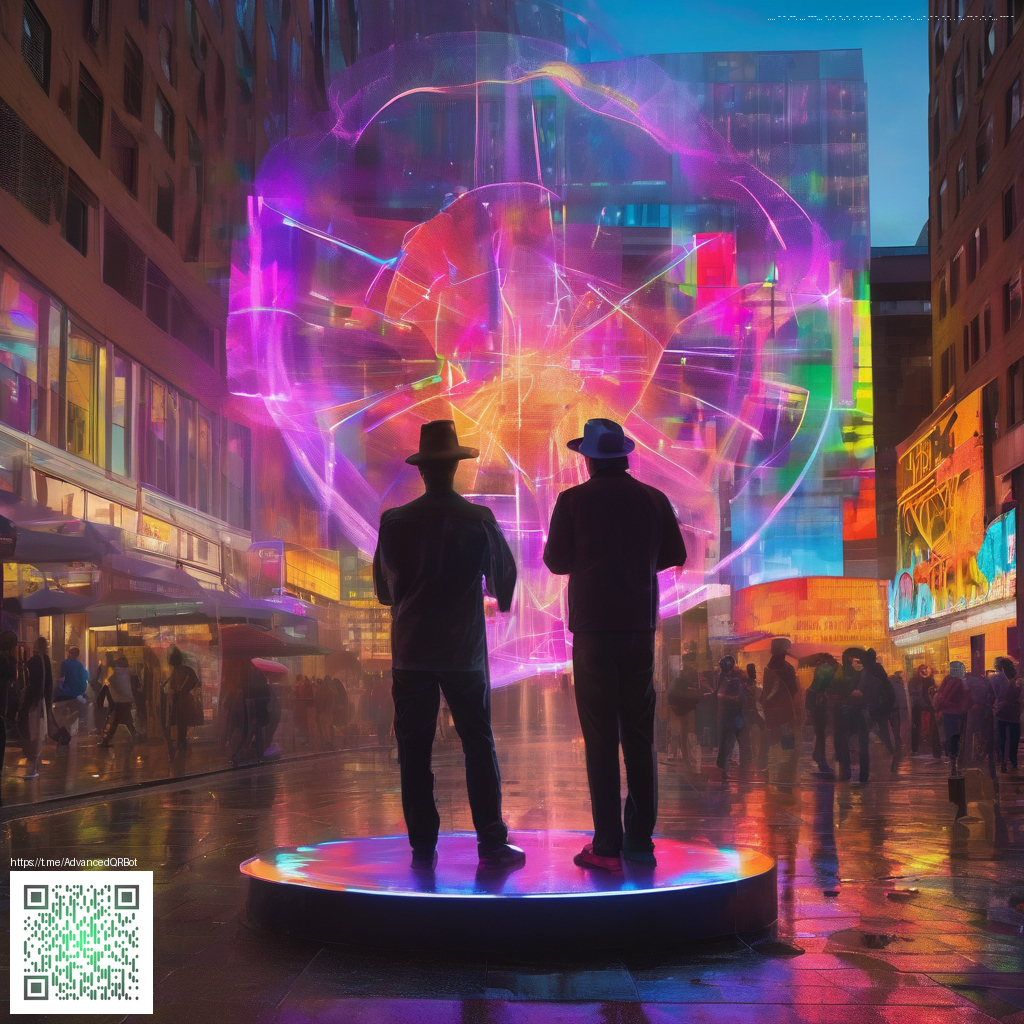
How to Create Ombre Backgrounds with Digital Paper
Ombre backgrounds offer a graceful way to add depth to your visuals while keeping the focus on the subject. When you’re designing product pages, social assets, or print-ready banners, a well-crafted gradient can guide the viewer’s eye without stealing the spotlight. For inspiration, consider a real-world example like the Rugged Phone Case on Digital Vault; pairing the product with a soft gradient backdrop can accentuate its textures and materials without competing with its details. You can explore similar concepts on this page to see how ombre palettes translate into practical designs.
In practice, the key is balance. Ombre is a storytelling device: it sets mood, not merely color. Start with a palette that reflects your brand’s voice—cool steel blues and graphite tones for tech, or warm taupes and soft apricots for lifestyle products. Then let the gradient evolve from light to dark in gentle increments, so foreground elements—like typography or product imagery—remain crisp and legible.
Choosing the Right Palette
The two-workhorse strategies for ombre palettes are monochrome gradients and multi-color blends. A monochrome approach uses varying saturations of a single hue, which feels modern and cohesive. A multi-color blend introduces a second or third hue to add visual interest. If you’re designing around a rugged hardware item, a gradient that shifts from light gray to charcoal with a hint of muted blue can convey durability while staying friendly to the eyes. Remember to keep contrast high enough for any text overlays to remain readable across devices.
- Prioritize accessibility: ensure text contrast meets accessible guidelines across the gradient.
- Test across devices: what looks smooth on desktop can read differently on mobile screens.
- Avoid neon saturations that distract from the subject.
Techniques for Layering Digital Paper
Digital paper is more than a flat texture. Layer gradients with subtle noise, grain, or paper textures to build depth. Start with a base gradient on one layer, then add a light grain overlay at low opacity to emulate the tactile feel of traditional media. A mid-opacity paper texture can mimic fabric or fiber, while a fine-line pattern adds realism without creating noise over vital foreground content. Experiment with blend modes like Multiply, Overlay, or Soft Light to make the layers interact naturally and keep the subject crisp.
Tip: Start with a light base and gradually introduce color in incremental steps to preserve smooth transitions and avoid harsh edges.
As you refine the composition, think about how the backdrop supports readability and focus. For product photography, the gradient should fade toward the corners or sides where the subject sits, guiding attention toward the center. If you’re preparing assets for a storefront or social media, a subtle left-to-right or bottom-to-top shift can imply motion or progress, which aligns well with tech and outdoor gear branding.
Practical Steps to Create Your Ombre Background
- Set your canvas to the target output size (e.g., 1800x1200 for web banners).
- Choose a two- or three-color gradient that reflects your brand and complements the subject.
- Apply the base gradient on a separate layer to keep edits non-destructive.
- Layer textures or grain at low opacity to add tactile depth.
- Fine-tune with blur or sharpening to maintain edge clarity around the subject.
- Review readability by simulating different foreground content and adjusting contrast as needed.
Ombre backgrounds aren’t restricted to digital banners; they translate well into social templates, packaging mockups, and product sheets. When used thoughtfully, they emphasize material characteristics—gloss, matte finishes, or rugged textures—without overpowering the focal image. For hands-on experimentation, consider pairing these techniques with a real-world example like the Rugged Phone Case product page for practical context, and keep your workflow consistent across campaigns.
If you’re curious to see a real-world application, you can explore the product details here and imagine how a subtle ombre backdrop might elevate the presentation: Rugged Phone Case on Digital Vault.